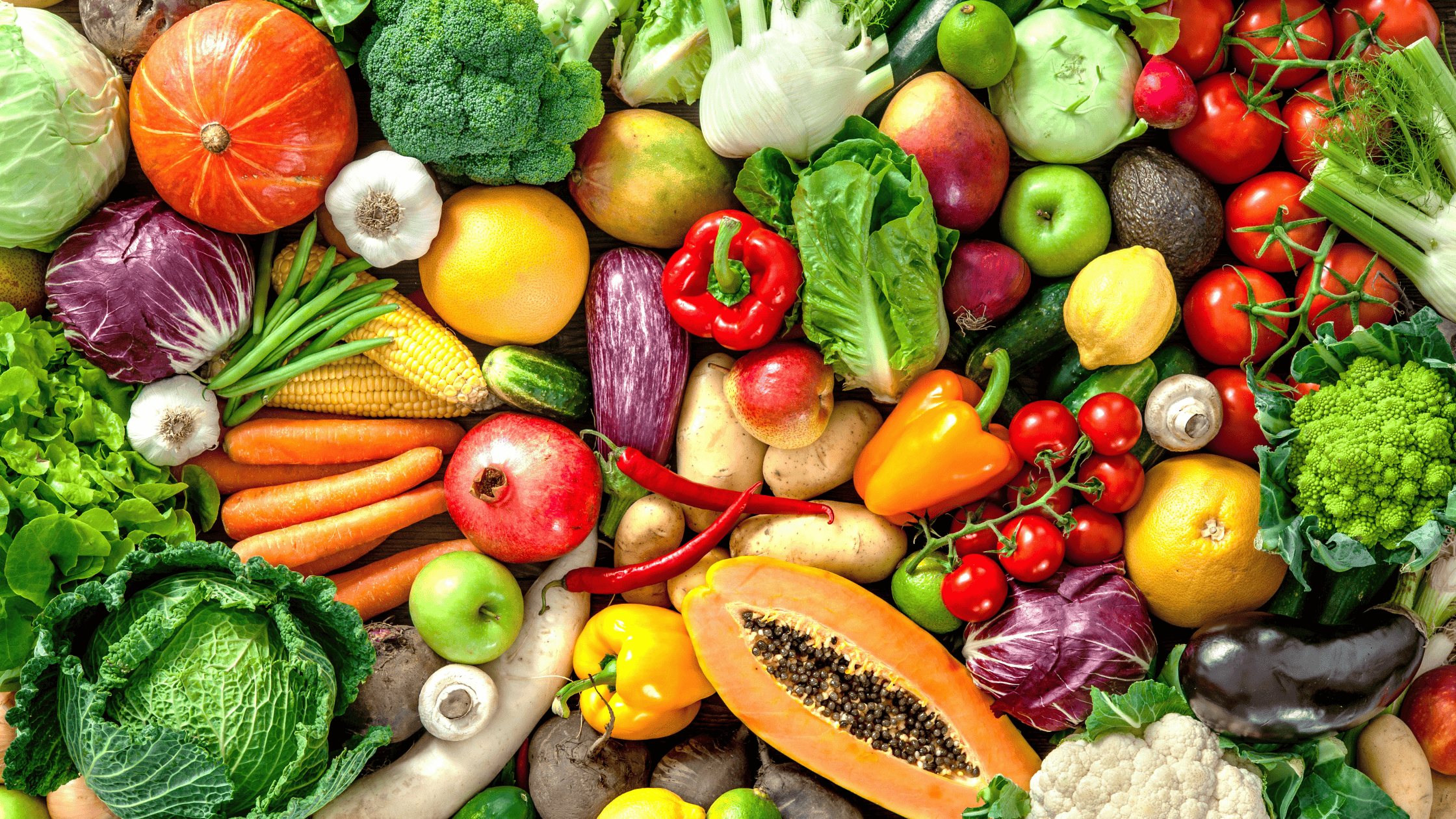If you have read any of our blogs, clicked “open” on our newsletter or even seen one of our Instagram posts, there’s no doubt you’ve heard the term “Ayurveda”. Maybe you have a bit of an idea of what the word actually means. Or maybe you’re curious and would like to learn more. Whatever the case may be, we are keen to introduce you to the foundations of Ayurveda – without any confusing terminology – so that you can harness it and maybe even start applying some of its wisdom to support your health and wellbeing. After all, it’s a lifestyle that has been practiced for over 5,000 years!
Brew yourself a warming cup of your favourite herbal tea and let’s delve into things.
What does the word “Ayurveda” really mean?
Ayurveda is an ancient Indian system of health management, so we turn to Sanskrit to better understand the word itself. “Ayus” means “span of life or life cycle”, while “veda” means “knowledge”. Ayurveda is concerned with the knowledge of how to maintain a long life that is full of prana, or “life force”.
However, this does not mean that it is only concerned with medicine. Instead, it covers the whole subject of life and its various parts. From the purpose of living, to the importance of mental health and building physical fitness, the aim of Ayurveda is to maintain an optimum quality of life. That is, a life full of energy, vitality and purpose. Ultimately, Ayurveda is a way of better understanding the mind, body and spirit in combination, through tapping into the rhythms of nature.
Whilst it would truly be impossible to fully explore all of these aspects in a single blog post, we want to cover the basics, before further explaining them at a later date.
Ayurveda and understanding food
Ayurveda looks at the energetic properties of foods, not just things like vitamins and minerals! It believes that by understanding these properties, you can harness them to best suit your constitution.
Let’s take ghee and oil as one example: Two fats that would be viewed relatively similarly from a Western nutrition perspective.
However, Ayurveda understands that whilst ghee is energetically very cooling to the body, oil by contrast is heating. Whilst ghee enhances the properties of any fruits and vegetables it’s prepared with, oil altogether transforms and assimilates the properties of the food.
The five elements and the doshas
Within Ayurveda, it is understood that every plant and person comprises the five elements.
These elements are …
- Ether: Space/ Potential
- Air: Movement
- Fire: Digestion/ Transformation
- Water: Protection/ Cohesion
- Earth: Substance
Each individual is a unique combination of these which determines their unique Prakruti and Vikruti (We will elaborate on these in a later post…)
In addition, the human body has three biological humours. These are called the “doshas” and are Vata, Pitta and Kapha.
Here’s what these humours mean, simply…
- Pitta: (Fire and Water) – act of digestion (including mental digestion)
- Vata: (Space and Wind) movement, breathing and the beating of the heart
- Kapha: (Earth and Water) the production of phlegm and mucous
As we said, these humours all exist within the body. However, whilst we each have all of these within us, one is usually more dominant. Knowing which dosha is most dominant can be used as a way to better understand which diet, lifestyle and fitness regime is suitable for your unique body type.
Ayurveda and the six tastes
In the same way that understanding the doshas can allow you to optimise wellness, not understanding them can create imbalances. Balancing your body’s unique constitution means managing your doshas which, in turn, leads to a healthier, happier life.
Understanding the six tastes is a fundamental part of an Ayurvedic way of life.
- Sweet
- Sour
- Salty
- Pungent
- Bitter
- Astringent
Ayurveda teaches that each of these flavours delivers a specific energetic action within the body, allowing them to be used to create balance depending on your dominant dosha.
Like we said, it would be simply impossible to cover every aspect of Ayurveda within a blog post! However, we’d love to go into more detail on these topics. So if you want to learn more about the doshas or the different aspects of Ayurveda, leave a reply below. Plus, be sure to follow us on Instagram @SuryaPranaNutrition for posts on all things nutrition, self-care and Ayurveda.









